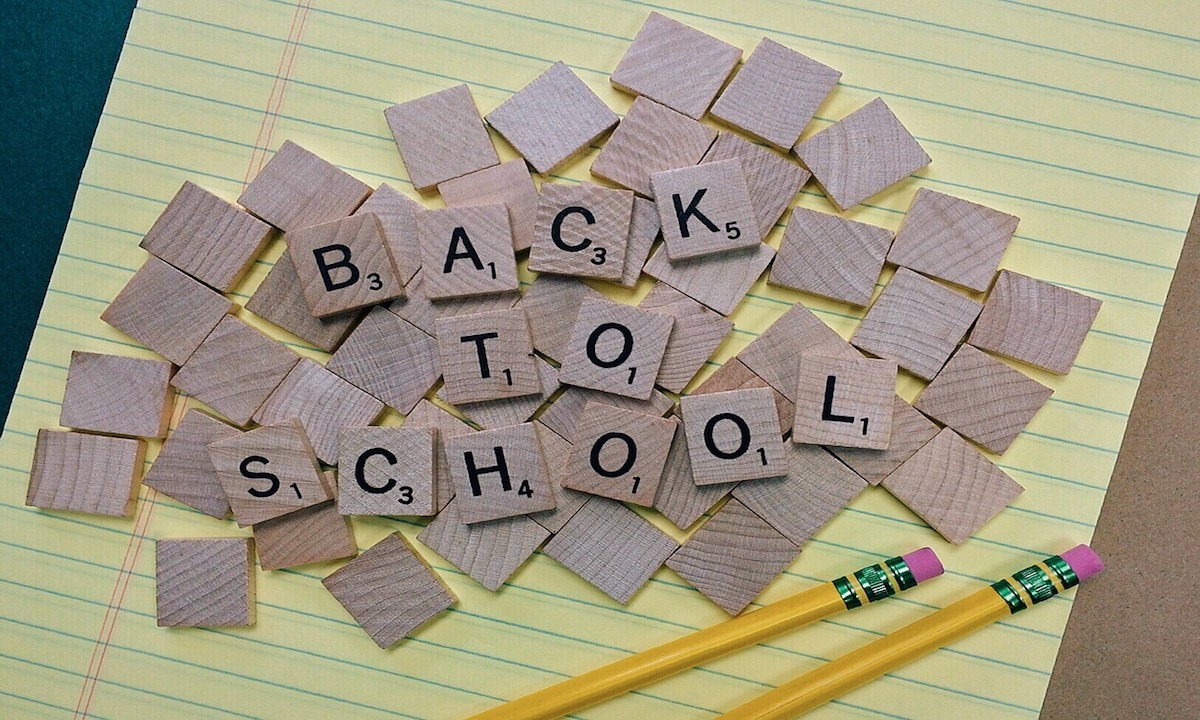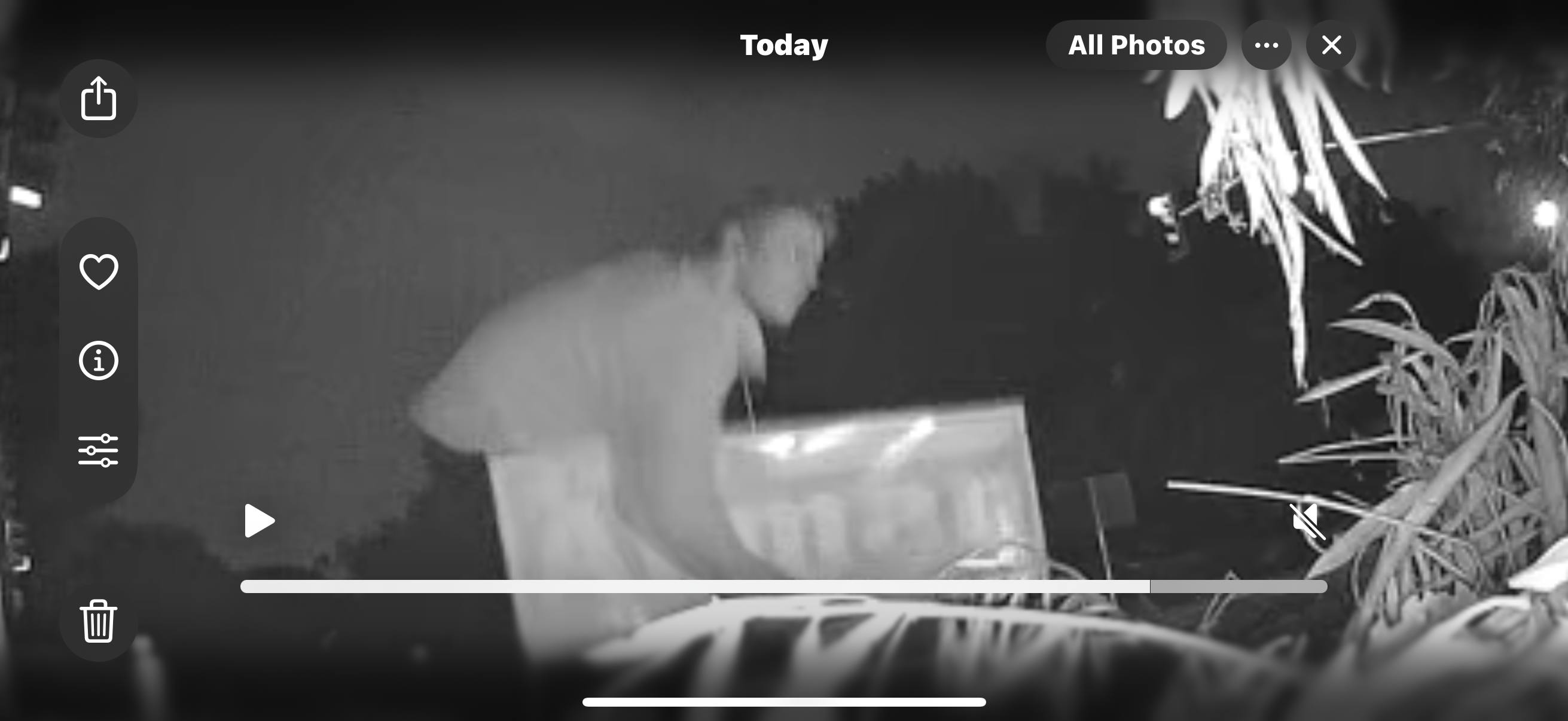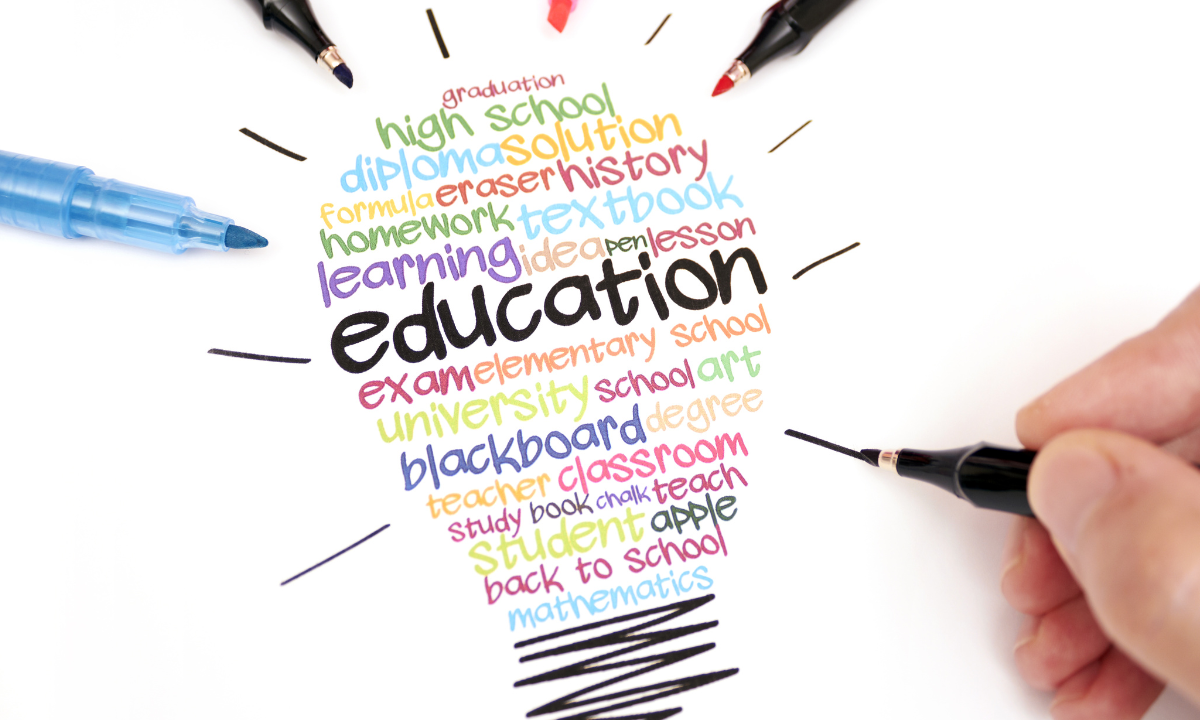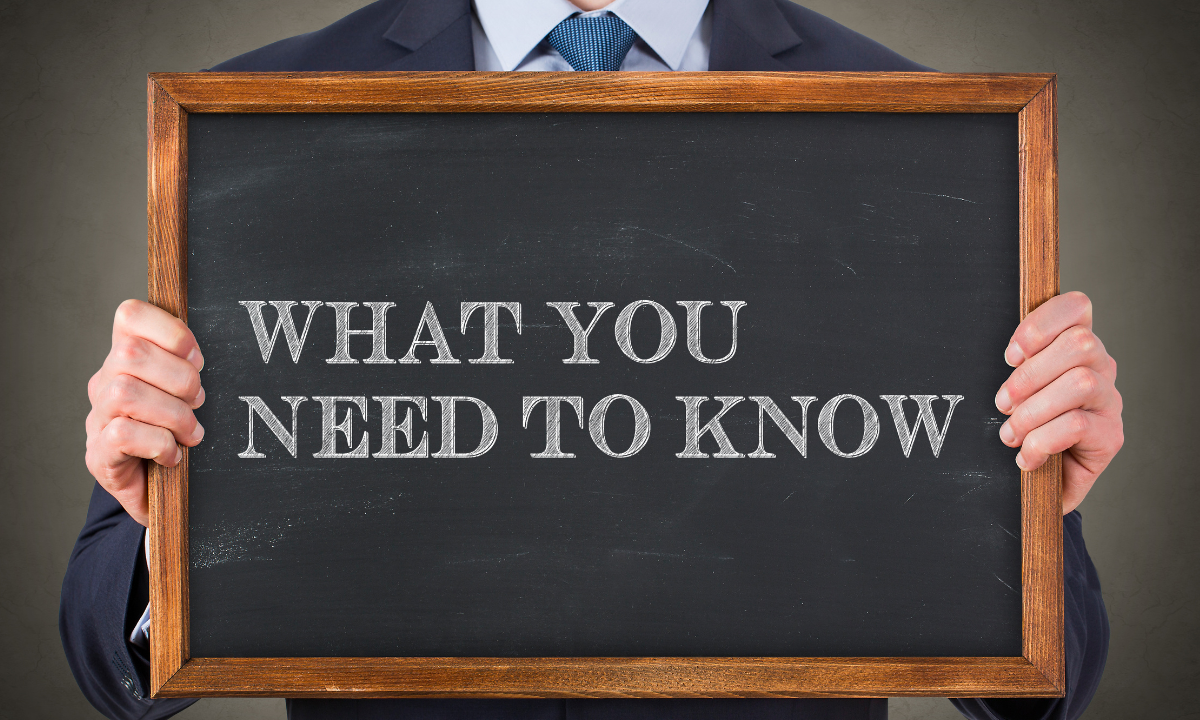Written by Julianne Foster
October 13 is the date set by San Diego Unified School District leaders to begin phase one reopening of schools. They initially planned to allow special education students to return in late September, but ended up delaying.
With this new plan to slowly allow students on campus, SDUSD Board Vice President Richard Barrera said special education and homeless students, as well as students who have experienced “learning loss,” will be among the first allowed back on campuses. Such students who are falling behind will be identified by teams of teachers based on comparisons from current grades to report cards made before the start of the pandemic.
Parents will be notified by the second week of October whether their child has been selected to return during the first phase or not. During this phase, it has been announced that students in transitional kindergarten through fifth grade will be allowed to return with limitations. Third grade and below will be allowed to gather in groups no larger than six, while students in fourth and fifth grade will be allowed up to eight students.
Barrera assured that phase one will involve “testing out all the mitigation factors we’re gonna have in place and making sure it works well – everything from PPE to ventilation to temperature check.”
According to Barrera, students can look forward to the possibility of phase two occurring in November if everything goes well through phase one. Phase two would be similarly restricted, but include middle school and high school students, as well as all elementary students returning a couple days a week.
They seem to be making smart choices regarding school reopenings to bring students back slowly and therefore lowering the risk of repeated shutdowns. However, these reopenings are coming late and should’ve been prepared and approved before the start of the school year to allow schools to properly equip themselves and allow students in as soon as possible so that their education isn’t further stunted.
Experts have warned that online learning could cause extensive problems to the already growing learning gap in public education. Since the California Legislature has decided to financially support public schools failing to teach students online while withholding funding from charter schools who are thriving in their online learning services, the least they could do is allow students to return to campus to have the best chance at not falling behind dramatically.




